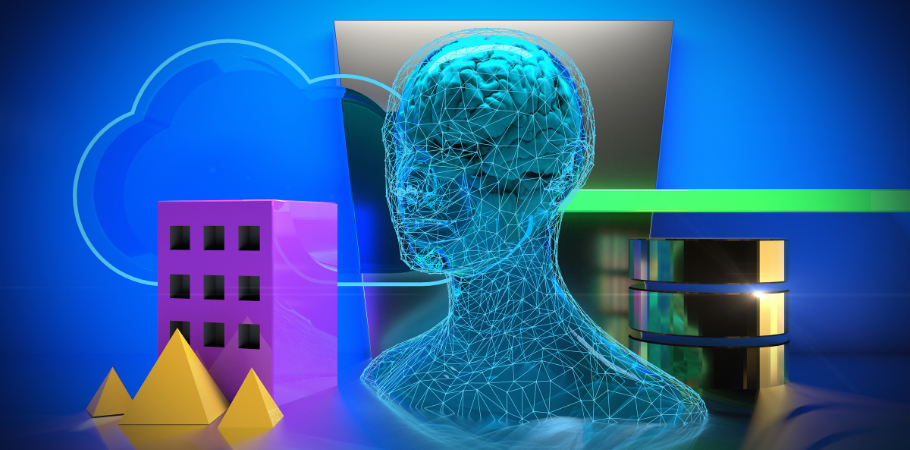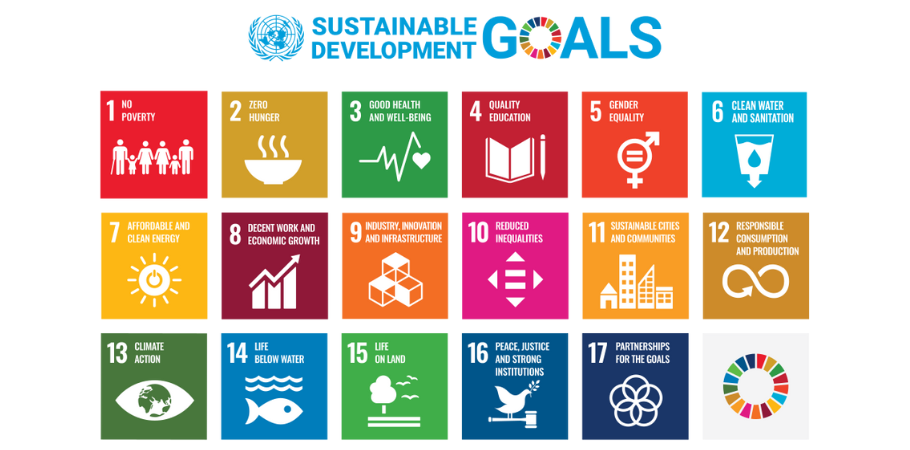
In recent years, AI has continued to evolve and has begun to be used in all areas of society is a trend that cannot be ignored.
In addition, the SDGs (Sustainable Development Goals) have been attracting attention toward the realization of a sustainable society.
The AI and SDGs may seem like completely different fields, but they are actually deeply related.
In this article, we will explain in detail the basics of the AI, SDGs and the role of it in achieving SDGs.
Basic knowledge of AI
AI, also known as “artificial intelligence,” is a technology that aims to make computers and software intelligent.
Specifically, we are trying to make it learn the judgment and cognitive abilities that humans have, and to do various things automatically.
This has made it possible for artificial intelligence to make optimal decisions and predictions automatically, communicate like a human, and do a variety of other things.
Basic knowledge of SDGs
SDGs is an acronym for Sustainable Development Goals. Currently, various efforts are being made around the world to achieve the 17 international goals of the SDGs by 2030.
Just like other efforts that consider environmental, social, and governance factors (ESG endeavors), helping achieve the Sustainable Development Goals (SDGs) is a big opportunity for countries and companies.

See more: 3 Easy Ways to Put The SDGs into Practice
How AI Affects the Sustainable Development Goals
1. Society
The nine social Sustainable Development Goals are goal 1 (no poverty), goal 2 (zero hunger), goal 3 (good health and well-being), goal 4 (quality education), goal 5 (gender equality), goal 6 (clean water and sanitation), goal 7 (affordable and clean energy), goal 11 (sustainable cities and communities), and goal 16 (peace justice and strong institutions).
There are 67 targets or 82% of all targets in this group that could potentially benefit from AI-based technologies. However, 31 social targets (38%) may be negatively influenced by artificial intelligence.
The researchers found that artificial intelligence may act as an enabler for all the targets by supporting the provision of food, health, water, and energy services.
2. Economy
The five Sustainable Development Goals in the economy group are goal 8 (decent work and economic growth), goal 9 (industry innovation and infrastructure), goal 10 (reduced inequality), goal 12 (responsible production and consumption), and goal 17 (partnerships for the goals).
Artificial intelligence may have a positive impact on 42 targets or 70% of SDG targets in the economy group, while negatively impacting 20 targets or 33% of the targets in this group.
3. Environment
There are three environmental Sustainable Development Goals, they are goal 13 (climate action), goal 14 (life below water), and goal 15 (life on land). AI could help with 25 environment targets or 93% of the targets in this category. However, 8 targets may be negatively impacted by artificial intelligence.
It can analyze large-scale interconnected databases to develop joint actions that preserve the environment. It can advance the understanding of climate change and model possible impacts.
Artificial intelligence may also be able to improve the health of entire ecosystems through targets like:
- 14.1 which seeks to prevent and significantly reduce marine pollution.
- 15.3 which seeks to combat desertification and restore degraded land and soil.
Reference: The Role of Artificial Intelligence in Achieving the Sustainable Development Goals
The Role of AI in Achieving Sustainable Development Goals
Towards the SDGs, artificial intelligence will be used for “data analysis” and “work automation”. Both are important uses of it that are indispensable for achieving the SDGs.
1. The Capability of Data Analysis
In order to achieve the SDGs, it is necessary to collect and analyze a lot of information and data.
In particular, it is good at quickly processing and analyzing huge amounts of data to find useful information.
The strength of artificial intelligence is that it can propose means to solve the issues faced by each of the SDGs based on the results obtained from data analysis.
By using our data analysis capabilities to achieve the SDGs, we can solve a variety of problems. For example, in order to solve issues related to poverty (goal 1) and health (goal 3), it is necessary to accurately grasp the current living conditions and health data.
Obviously, the use of artificial intelligence makes it easier to aggregate and analyze relevant data, making it easier to formulate effective measures.
The same applies to targets related to climate change (goal 13) and nature conservation (goal 6, 14 and 15). For example, by collecting and analyzing environmental data such as the sky, forests, and oceans in real time, it is possible to accurately know the state of the environment.
This makes it possible to observe abnormal weather events, over-deforestation, and overuse of water resources at an early stage.
Moreover, data analysis is also useful in the management of energy (goal 7). Specifically, it is possible to grasp the usage of energy and make proposals such as energy waste and effective supply methods.
2. Expectations for AI-based Job Automation
By harnessing the power of automation, routine tasks can be executed quickly and with high accuracy.
In other words, there is no need for humans to do tedious work, and it also leads to a significant reduction in work time.
In addition, the precision of the work makes it less likely that you will make mistakes like humans.
For example, in the areas of health (goal 3) and food supply goal 2 and 12), AI can automatically perform tasks such as health checkups, distribution of medicines, and harvesting crops.
It takes less time than it would do manually, so you can serve more people than ever before.

Furthermore, in terms of goals related to cities (goal 11), with the help of artificial intelligence, it will be possible to manage urban traffic and energy and dispose of waste more efficiently.
In Singapore, AI is a function that can understand traffic conditions and better adjust the number of buses and trains.
See more: Singapore’s Rise as an AI Hub
Finally, education (goal 4) and technology diffusion (goal 9) are also important goals of the SDGs. It can also help improve the quality of education, such as automatically generating teaching materials and managing learning progress. Therefore, many people will have more opportunities to receive a quality education.
Conclusion
Taken as a whole, artificial intelligence can be a powerful tool for advancing sustainability. We have only begun to scratch the surface of what it can do for sustainable development.
We can pair AI with existing technologies like satellite imaging. Besides, we can also pair it with new and emerging technologies that will exponentially increase the benefits of the Sustainable Development Goals.
In the absence of understanding and oversight, we will use it to manipulate public opinion in a way that serves corporate or political agendas rather than provide benefits to people and the planet.
However, with the proper study, we can craft legislation and regulations that guide the creation of an ethical, responsible, and trustworthy artificial intelligence that could improve our lives in ways we have not yet imagined.


